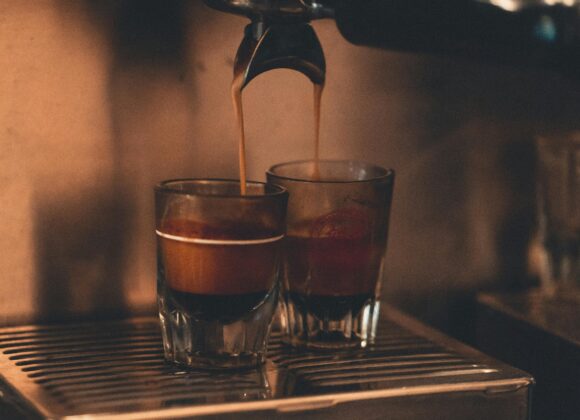Coffee isn’t just about caffeine—it’s a world of flavors waiting to be explored. One of the best ways to unlock these flavors is through coffee cupping, a practice professionals and enthusiasts use to evaluate a coffee’s aroma, taste, and mouthfeel. Think of it as wine tasting, but with beans that keep you awake.
In this blog, we’ll walk you through what coffee cupping is, why it matters, and how you can try it yourself (even at home).
What is Coffee Cupping?
Coffee cupping is a standardized method of tasting coffee to evaluate its quality. It involves carefully brewing coffee grounds, smelling the aroma, and sipping the liquid to identify flavor notes and textures.
Professionals like roasters and Q graders use cupping to check consistency and flavor profiles. But you don’t have to be an expert to try it—coffee cupping is open to anyone who wants to experience coffee on a deeper level.
Why Coffee Cupping Matters
Coffee cupping isn’t just a ritual; it’s a way to connect with your coffee. Here’s why it matters:
- Quality control – Roasters cup to ensure every batch meets standards.
- Flavor discovery – Each bean carries unique notes like citrus, chocolate, or floral hints.
- Palate training – Cupping sharpens your taste buds so you can pick up subtler flavors.
In short, coffee cupping helps both professionals and casual drinkers understand the story behind every cup.
What You Need for Coffee Cupping
Don’t worry—you don’t need a high-end café setup. To start cupping, prepare the following:
- Freshly roasted coffee beans
- A grinder
- Hot water (around 93–96°C)
- Cupping bowls or wide mugs
- Spoons (preferably round-bottomed)
Optional but helpful: a timer and a scale for consistency.
Step-by-Step Coffee Cupping Guide
Cupping follows a structured process to ensure each step brings out the coffee’s character. Here’s a beginner-friendly walkthrough:
Step 1: Grind and Smell
Grind the beans to a medium-coarse texture. Place the grounds in your bowl and inhale deeply. This is the dry aroma, giving you the first hint of the coffee’s personality.
Step 2: Add Hot Water
Pour hot water over the grounds and let them steep for 3–4 minutes. A crust of coffee will form at the top—don’t stir just yet.
H3: Step 3 – Break the Crust
After steeping, gently stir the surface three times with a spoon to break the crust. This releases the wet aroma, offering another sensory cue.
Step 4: Skim the Grounds
Remove the floating grounds with your spoon, leaving only the liquid. This makes the coffee ready for tasting.
Step 5: Slurp and Taste
Here comes the fun part: slurp the coffee noisily. Yes, slurping is encouraged—it spreads the liquid across your palate and releases aromatic compounds into your nose. Take note of flavors, acidity, sweetness, and mouthfeel.
Final Thoughts on Coffee Cupping
Coffee cupping is more than a tasting method—it’s a way to slow down, pay attention, and savor what’s in your cup. Whether you’re a professional or just someone who enjoys a good brew before work, cupping gives you a deeper appreciation of coffee’s diverse flavors.
So the next time you sip your morning cup, think about what notes you might be tasting. Who knows? You might discover that your favorite beans have been hiding a splash of citrus or a hint of caramel all along.
FAQs About Coffee Cupping
What is the purpose of coffee cupping?
Coffee cupping helps evaluate coffee quality, identify flavor notes, and compare different beans in a consistent way.
Can beginners do coffee cupping?
Yes. Anyone can try coffee cupping with basic tools like mugs, spoons, and fresh coffee beans.
How is coffee cupping different from regular coffee tasting?
Coffee cupping follows a structured process: same grind size, water ratio, and tasting method, to ensure fair and accurate comparison of coffees.





